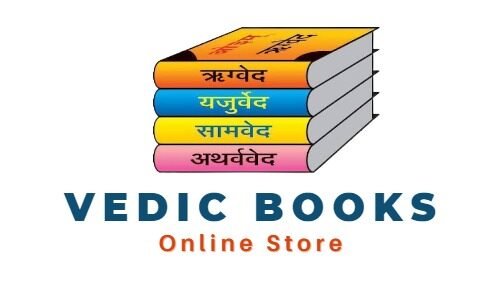A Journey Through Ancient Knowledge: Understanding Vedic Literature
The Vedic literature, constituting an essential cornerstone of ancient Indian culture, offers a profound window into the spiritual and philosophical underpinnings of early civilization. Originating between 1500 and 500 BCE, these texts form a vast and intricate corpus, encompassing various categories and themes. At the heart of Vedic literature are the four main Vedas: the Rigveda, Samaveda, Yajurveda, and Atharvaveda.
The Rigveda, the oldest of the four, is a collection of hymns dedicated to various deities and natural phenomena, reflecting early Vedic society’s reverence for nature. The Samaveda primarily comprises hymns adapted for liturgical purposes, especially in the context of the Soma sacrifice. The Yajurveda, a compilation of ritualistic formulas, serves as a practical guide for conducting various sacrificial rituals. Lastly, the Atharvaveda features hymns, spells, and incantations aimed at addressing everyday concerns and seeking protection from various ailments and adversities.
Beyond the Vedas, the Upanishads represent the philosophical and contemplative pinnacles of Vedic thought. These texts delve deeply into metaphysical questions, exploring concepts such as Brahman (the ultimate reality) and Atman (the self). The principle of Dharma (duty) emerges prominently within these texts, emphasizing ethical conduct and righteous living. The notion of Karma (action) pertains to the cause-effect relationship that governs moral actions, while Moksha (liberation) represents the ultimate goal of transcending the cycle of birth and rebirth.
The Puranas, another significant category within Vedic literature, comprise mythological narratives and histories that offer insights into cosmology, genealogies of gods, and legendary tales. These texts, alongside various scriptures and commentaries, capture the evolution of spiritual thought and cultural practices over millennia.
Throughout history, numerous scholars and sages have contributed to the preservation and interpretation of these texts. Figures such as Adi Shankaracharya, whose commentaries on the Upanishads and the Bhagavad Gita have shaped contemporary Hindu philosophy, exemplify the enduring impact of these ancient works.
The influence of Vedic literature extends beyond religion, permeating modern spirituality, rituals, and cultural practices. From daily prayers and festivals to yoga and meditation practices, the wisdom encapsulated in Vedic books continues to resonate, offering timeless guidance and insight.
Curating a Vedic Books Store: Bringing Ancient Wisdom to Modern Times
Curating a Vedic books store is an art that intertwines historical reverence with contemporary relevance. These stores play a pivotal role in preserving and disseminating the profound wisdom embodied in Vedic literature. The significance of such establishments lies not only in their vast collection of sacred texts but also in their dedicated efforts to offer high-quality translations, commentaries, and modern interpretations. These curated collections ensure that ancient knowledge remains accessible and comprehensible to today’s audience.
The offerings of a Vedic books store typically include a diverse array of texts such as the Rigveda, Yajurveda, Samaveda, and Atharvaveda along with their accompanying commentaries. Translations by renowned scholars and modern interpretations cater to various levels of understanding, from academic research to personal spiritual exploration. Authenticity and quality are paramount in the selection process, with only the most credible publishers and distinguished authors making their way to the shelves. This meticulous curation fosters a trustworthy repository of Vedic wisdom, inviting readers to delve into these timeless teachings confidently.
Vedic books stores attract a broad spectrum of customers. Academics and researchers frequent these stores to explore original texts and scholarly works. Spiritual seekers look for guidance and deeper understanding through the philosophical discourses and experiential narratives found within Vedic literature. General readers, intrigued by the profundity and mystique of ancient wisdom, also find a welcoming space to satisfy their curiosity and enhance their knowledge.
Beyond being mere repositories of books, Vedic books stores often serve as vibrant cultural hubs. Regular events such as manuscript readings, discussions, and workshops foster a sense of community and engagement. These activities provide a platform for enthusiasts and scholars alike to share insights, debate interpretations, and collectively deepen their understanding of Vedic texts.
In the digital age, Vedic books stores face unique challenges. The proliferation of online bookstores and e-readers has transformed how people access information, creating a competitive landscape. To remain relevant, these stores often enhance their digital presence, offering online catalogs and ecommerce options. Moreover, they embrace social media and virtual events to reach a wider audience, thus bridging the gap between traditional scholarship and modern accessibility.
By blending ancient tradition with modern technology, Vedic books stores continue to illuminate the path of knowledge, catering to both the echoes of the past and the inquiries of the present.
